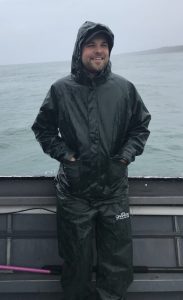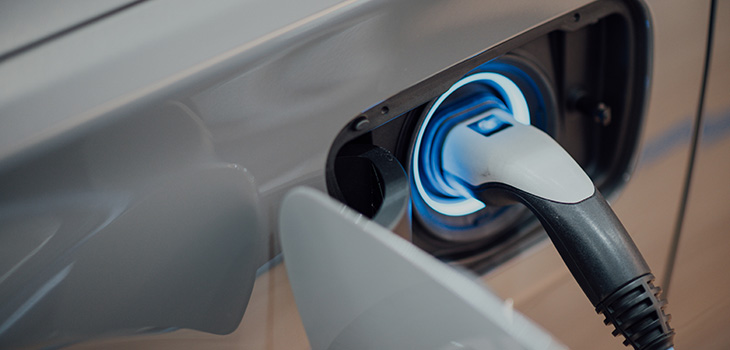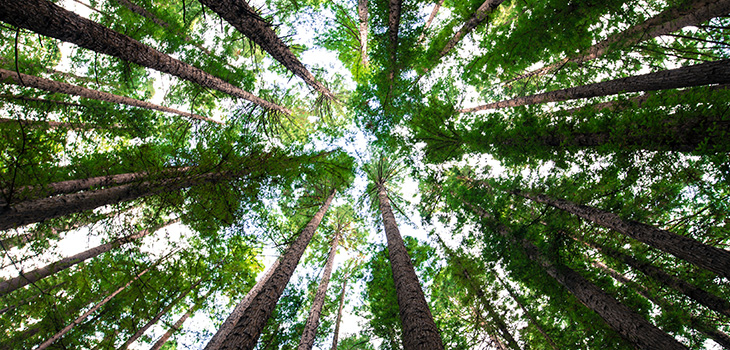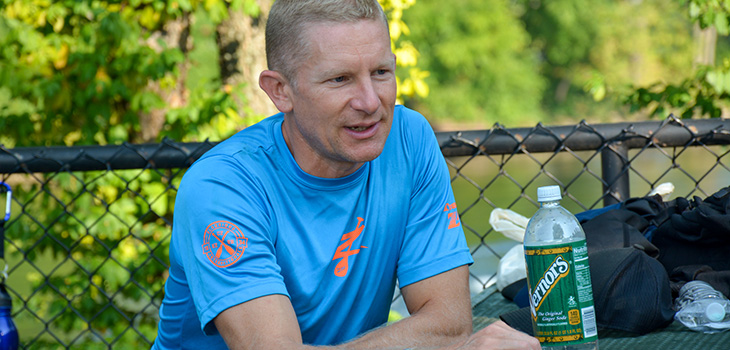 Merry Lea’s Dr. Joel Pontius is a student of foraging. Whether he’s leading students on the Sustainability Leadership Semester’s canoe trip or boating on Alaska’s Cook Inlet, Joel has his eyes peeled for wild foods and his ears attuned to stories about them.
Merry Lea’s Dr. Joel Pontius is a student of foraging. Whether he’s leading students on the Sustainability Leadership Semester’s canoe trip or boating on Alaska’s Cook Inlet, Joel has his eyes peeled for wild foods and his ears attuned to stories about them.
An article by Joel entitled, “Merry Lea Students Forage on Canoe Trip Along Elkhart River” appeared in the September 2018 issue of Edible Michiana. The article describes students tasting chicken of the woods mushrooms, pawpaws and even a trapped beaver.
“Downstream of Goshen, the river widens, growing larger with each tributary. Groves of paw paw trees, with sweeping oval leaves, grow densely along the banks. The yellow-green fruits hanging from these trees look tropical, and are known to some as the ‘Indiana banana,’” Joel wrote.
Living Off the Land in Alaska
In June 2018, Joel traveled to Alaska to research his forthcoming book, Hunting, Gathering and Fishing for Food: Place-based Learning for the Plate.
Joel’s week as a visiting scholar at the University of Alaska Anchorage enabled him to talk with locals and learn about their relationship with salmon, halibut and other fish. Joel visited commercial and sport fishing communities on the Kenai Peninsula including Seward, Homer, and areas along the Russian River.
In this part of the world, food prices are high because of the limited growing season. Families have a strong incentive to live off the land. Many do, filling their freezers with hundreds of pounds of salmon. A family might also charter a boat to fish for halibut. Since these fish range from 20 to over 100 pounds, a day’s fishing can normally see them through the year.
The people Joel encountered loved living off the land. When asked what they liked about living in Alaska, they’d say, “The fish.” But this year, they were troubled: salmon runs were dying. Commercial fisheries get first dibs on what fish there are, and this year, there was little left for residents. That left many people wondering where their groceries were coming from.
“It was much worse on the ground than what I expected from reading about it,” Joel said.
The loss of salmon is not only a problem for humans. Salmon are a keystone species in Alaska. They sustain the grizzly bears, and the bears keep herbivore populations in check and ecosystems stable.
Joel had hoped to go out on a boat fishing for king salmon, but two weeks before his arrival, fishing for this species was prohibited. One fleet with multiple boats that normally landed a half dozen king salmon a day only caught one of these fish the entire month of June.
Salmon Runs Close Due to Warm Water
A highlight of Joel’s research was a morning on the Cook Inlet with a captain whose family has fished the area since 1910. Captain Michael Patterson fishes commercially and offers halibut charters. His livelihood depends on healthy fisheries.
The captain reported that he had seen a lot of changes in the last twenty years and was not optimistic about Alaskan fisheries in the future. In fact, he was making ends meet by teaching sport fishing in Costa Rica part of the year. He attributed the decline of salmon runs to a large pool of warm water in the Cook Inlet that had disrupted the salmon’s feeding: one of the many ways that a warming climate is affecting Alaska.
While Joel was on his boat, the captain received a text that would ripple around the world: the Copper River salmon run had just closed. Copper River sockeye are considered the tastiest salmon available. They are international delicacy shipped to fine restaurants in many countries.
As someone who teaches about sustainability and sense of place, Joel values experiences in places very different from Merry Lea. He now has contacts in Alaska and new stories to share with the six students arriving this fall for the Sustainability Leadership Semester he directs.



